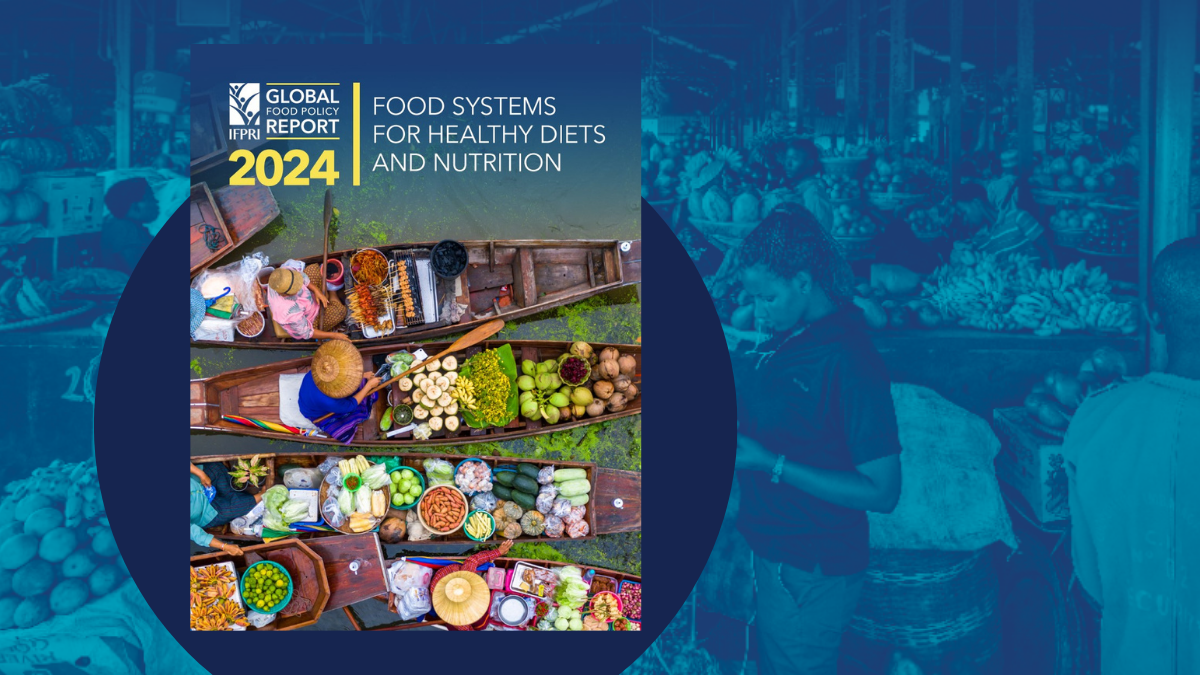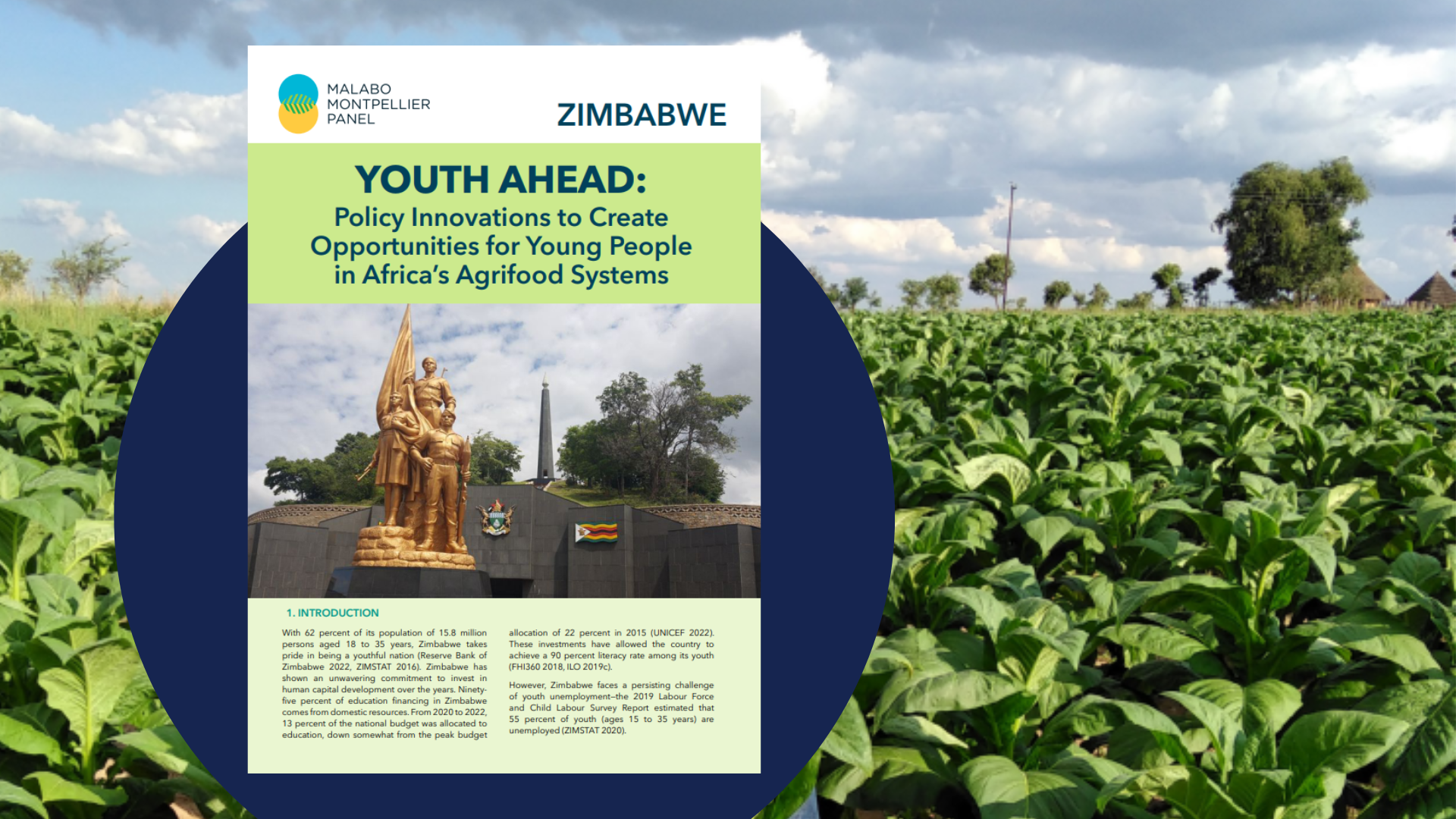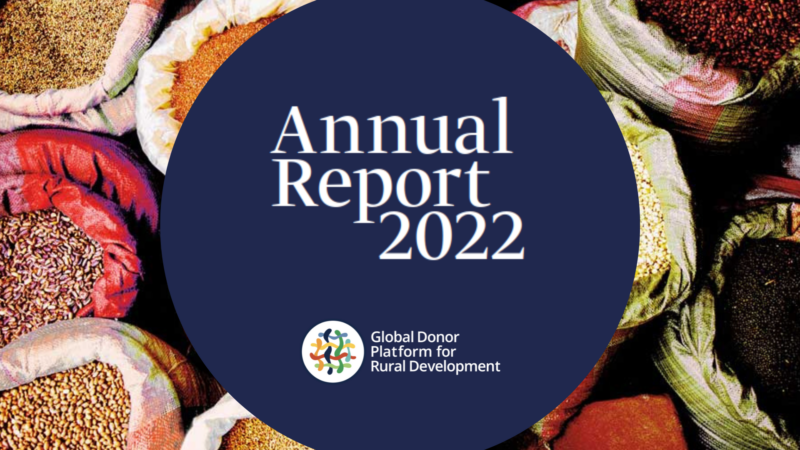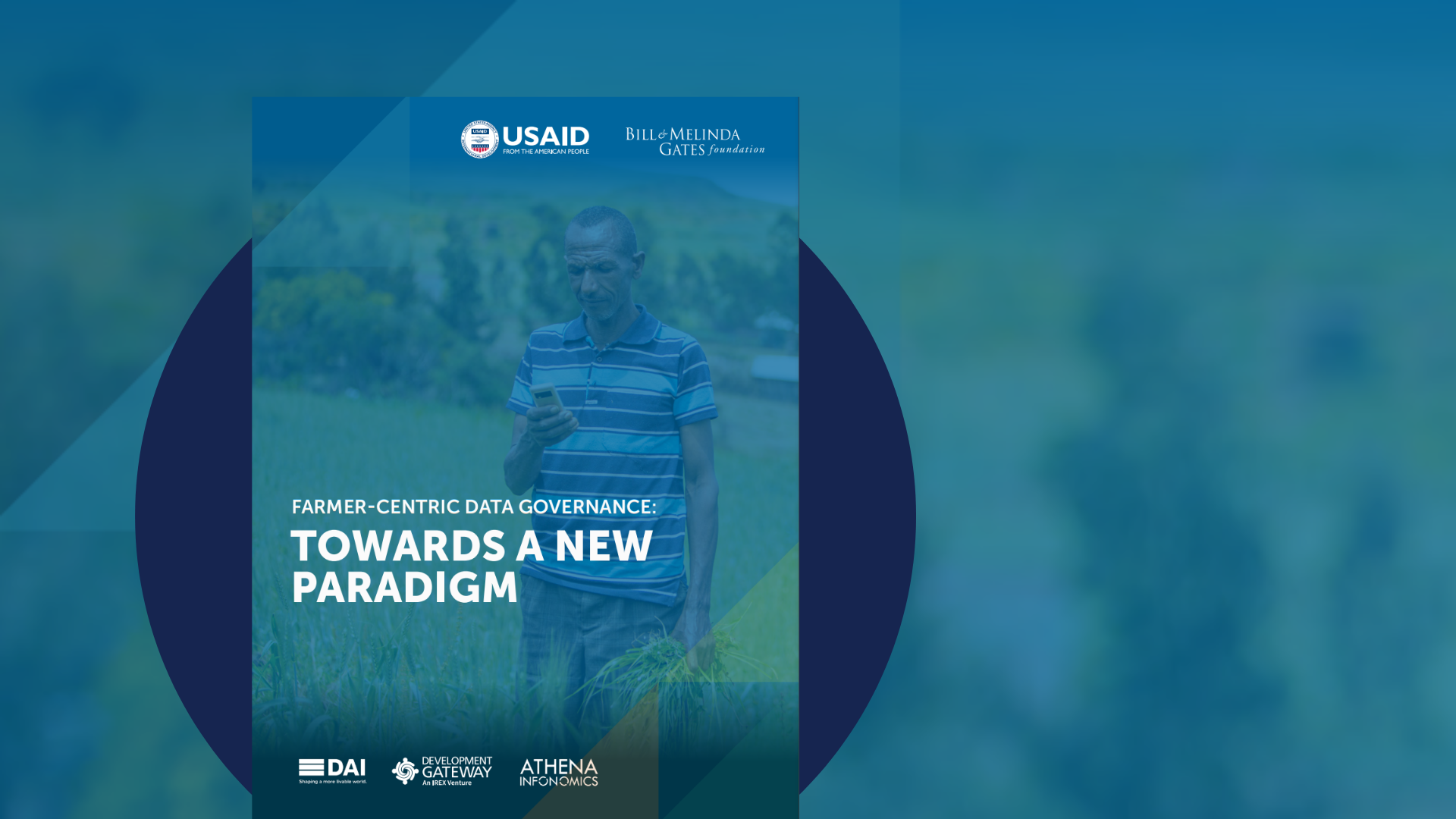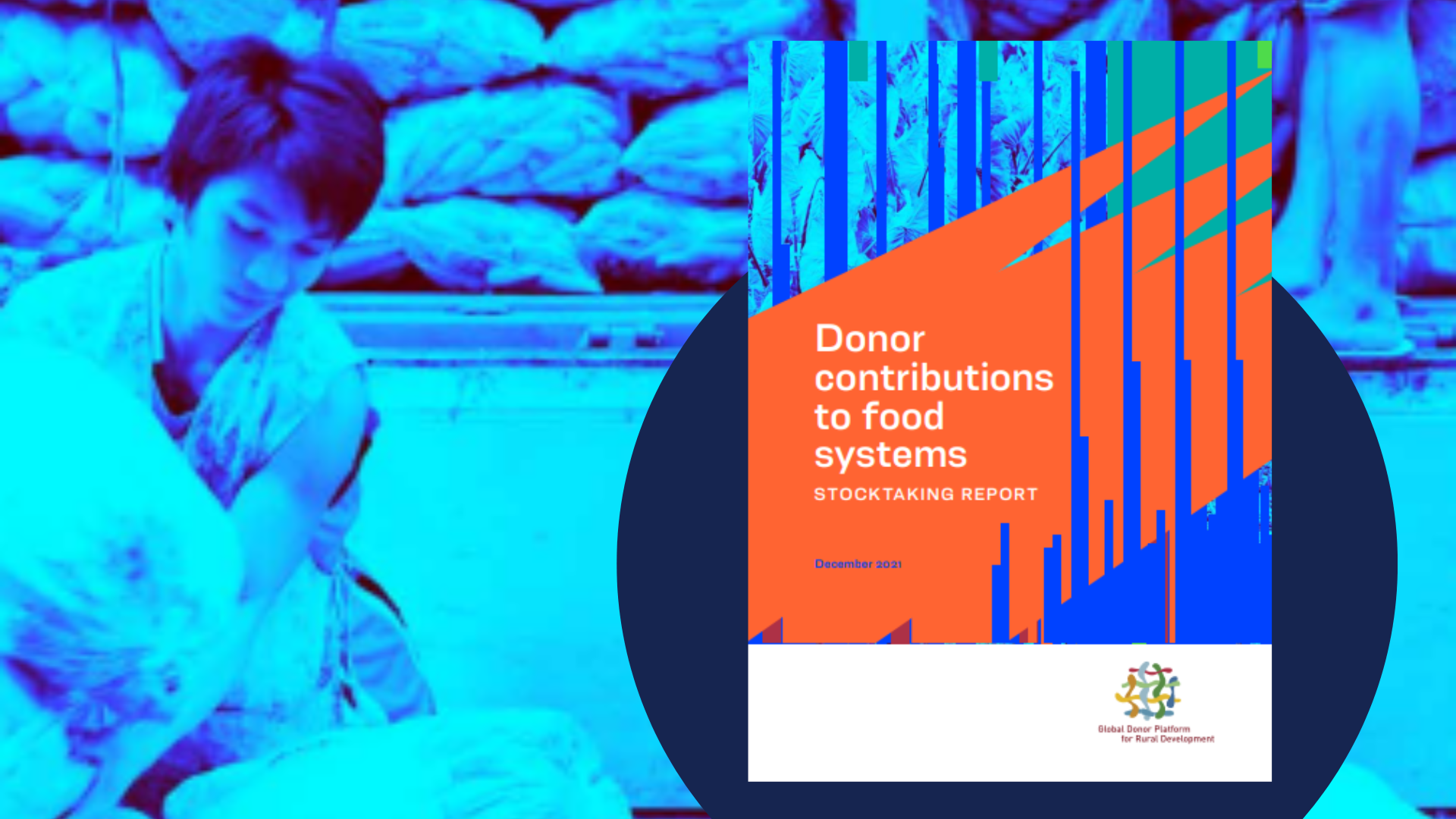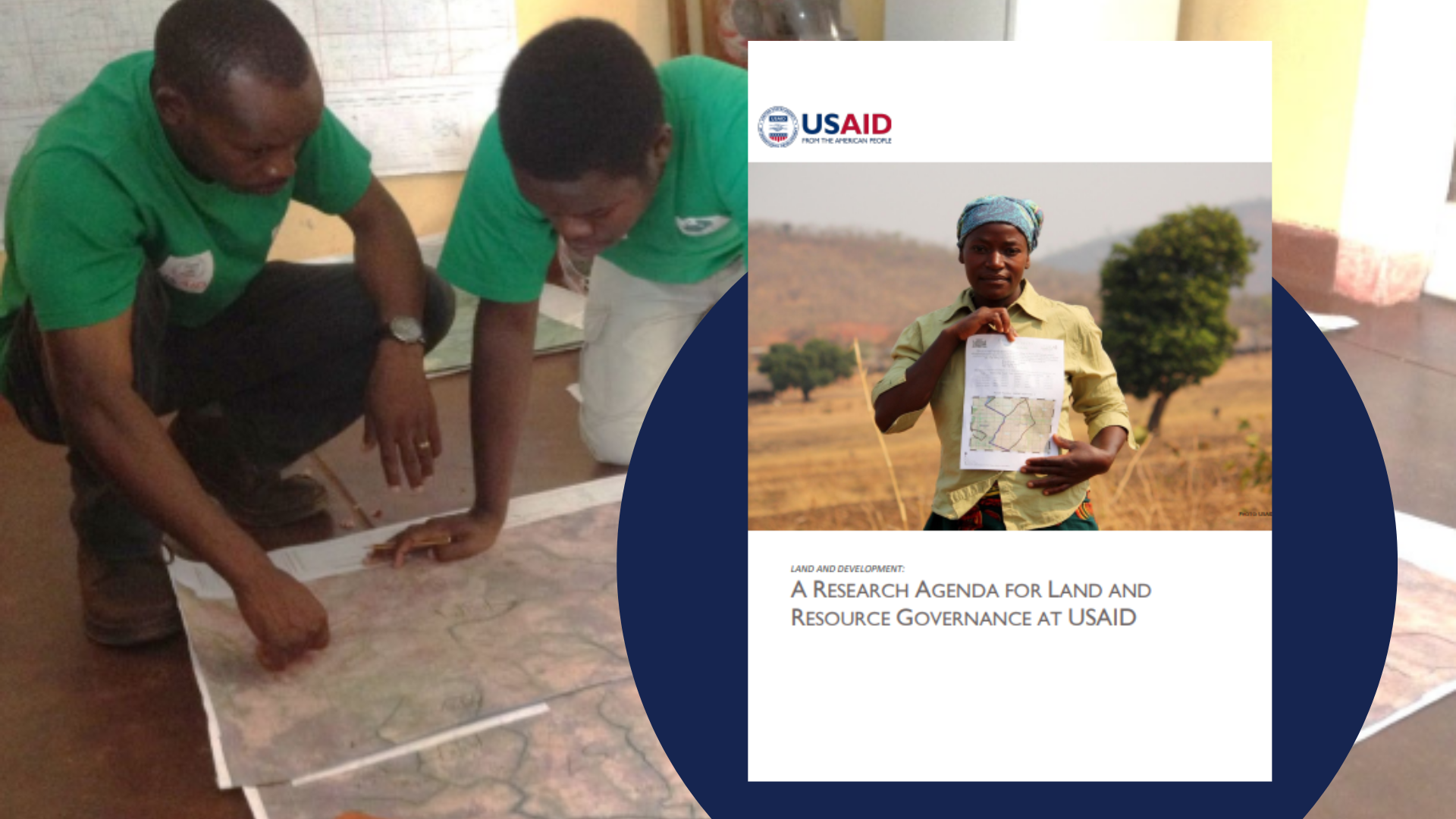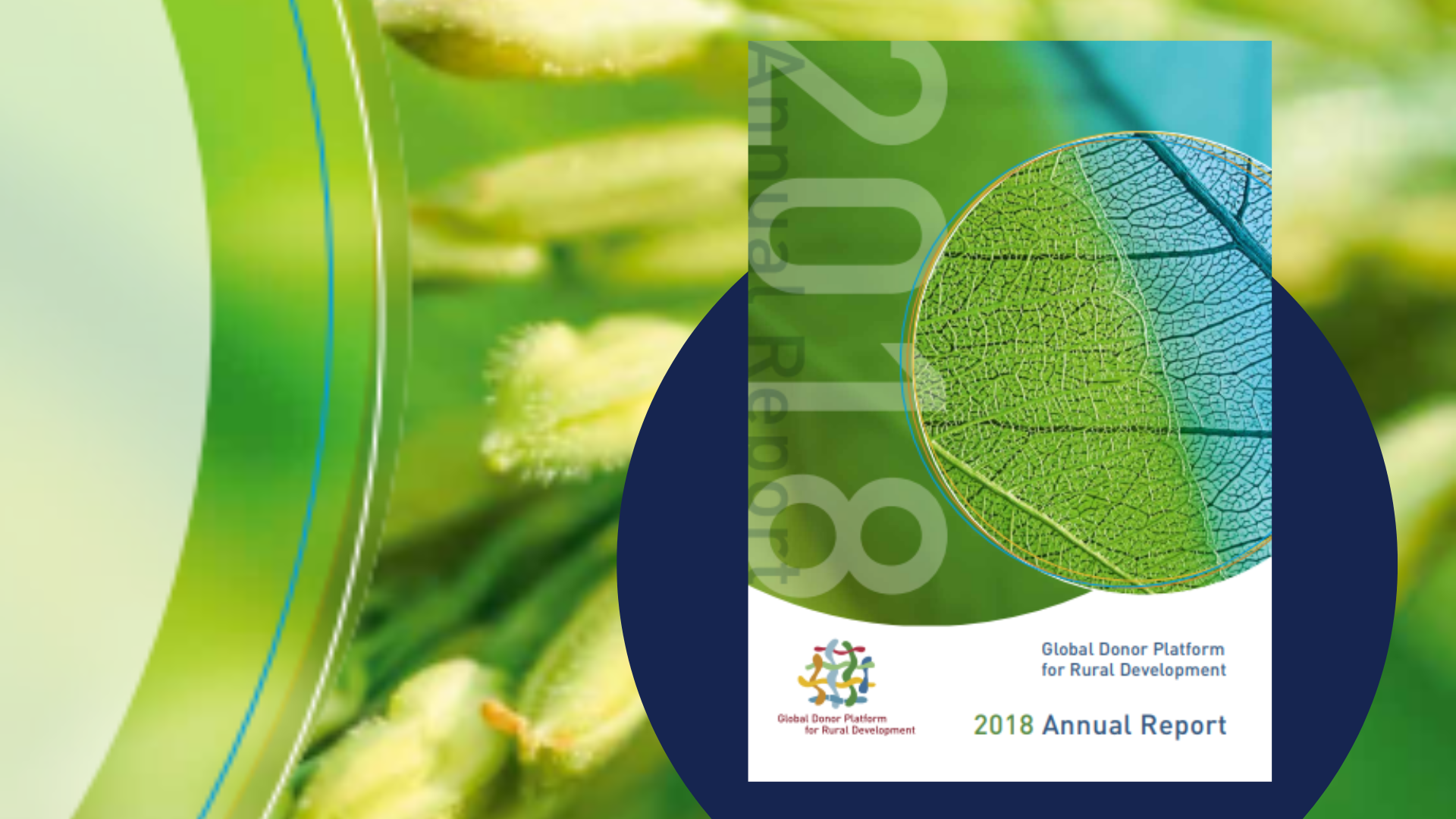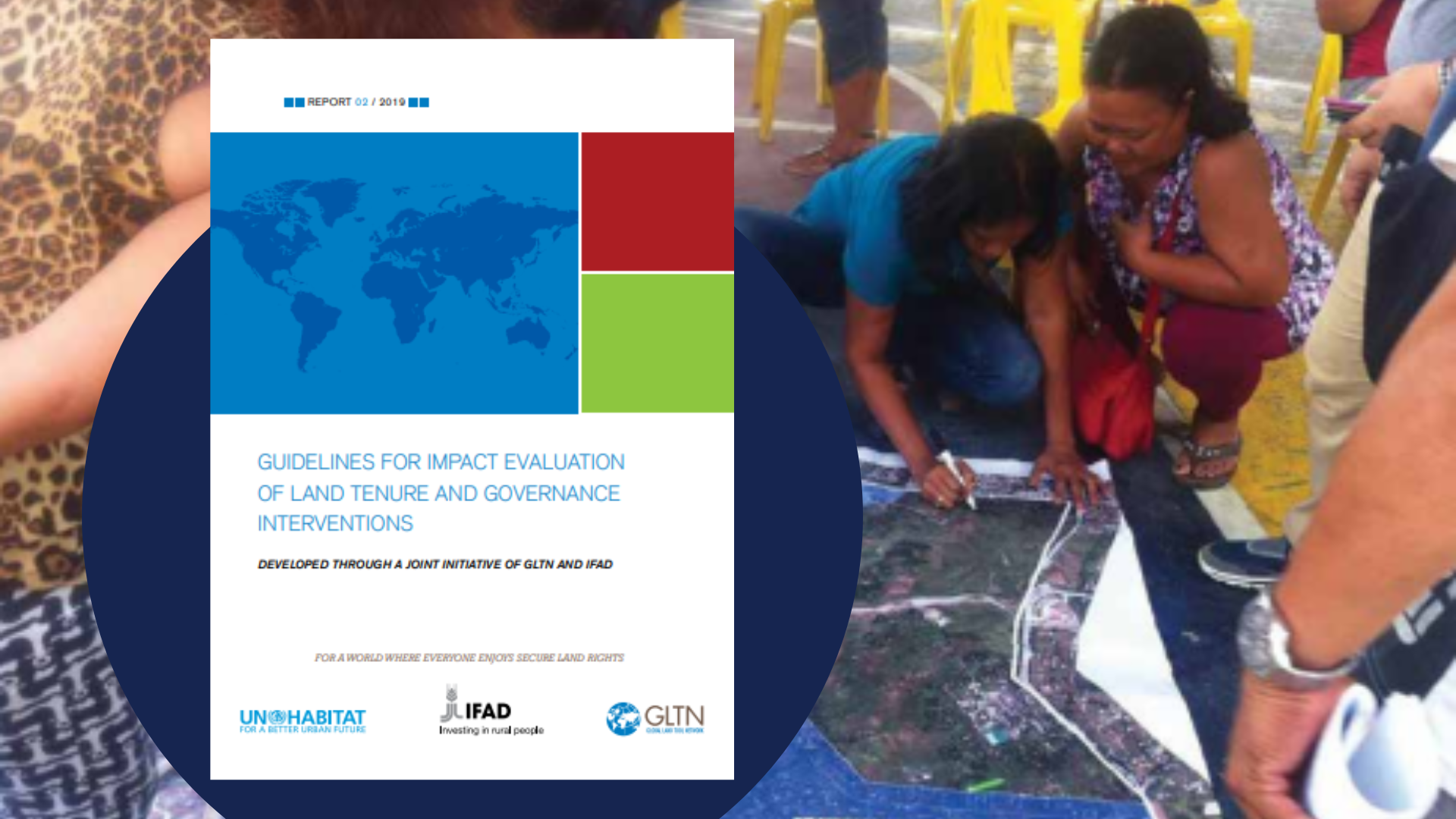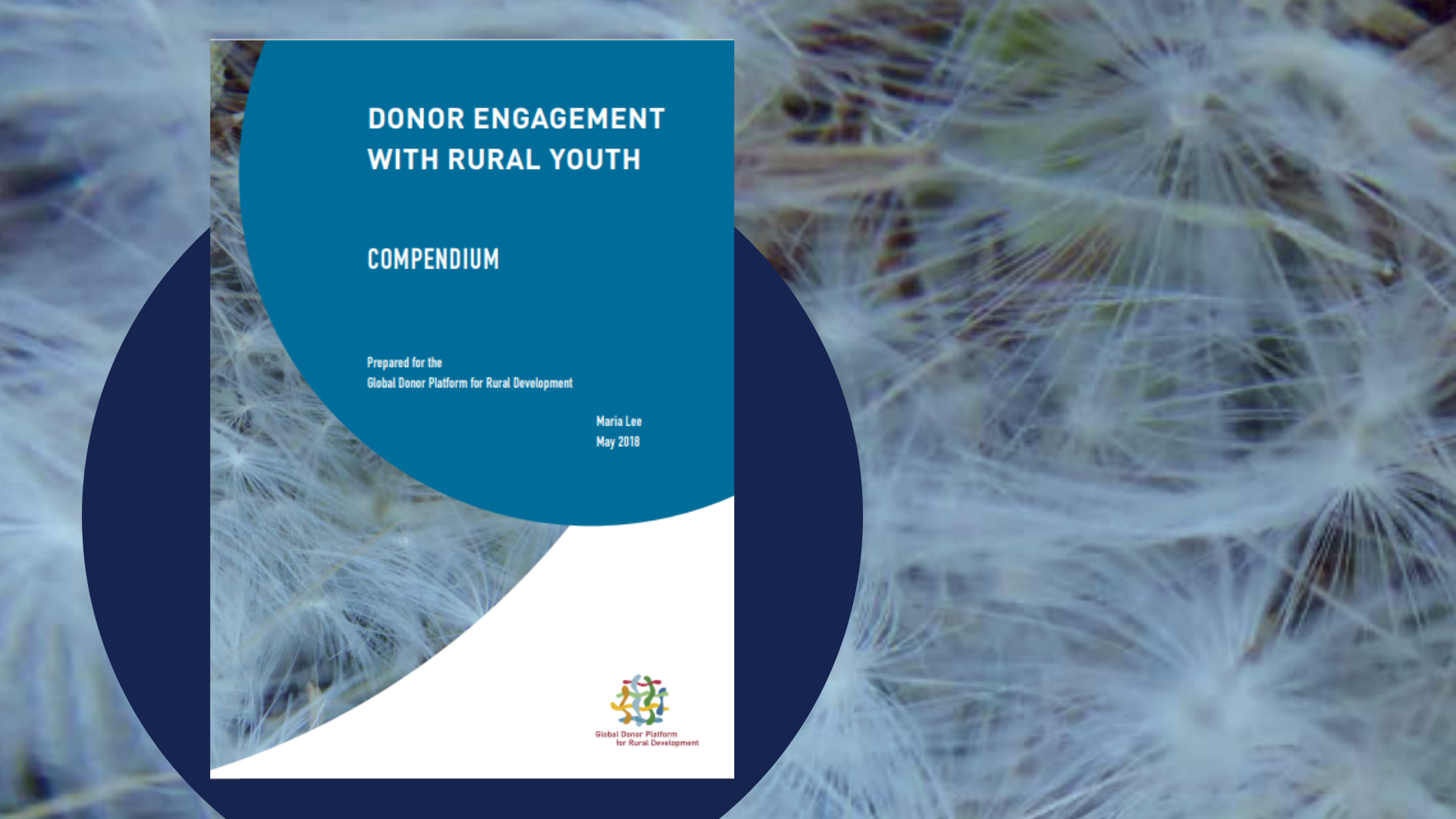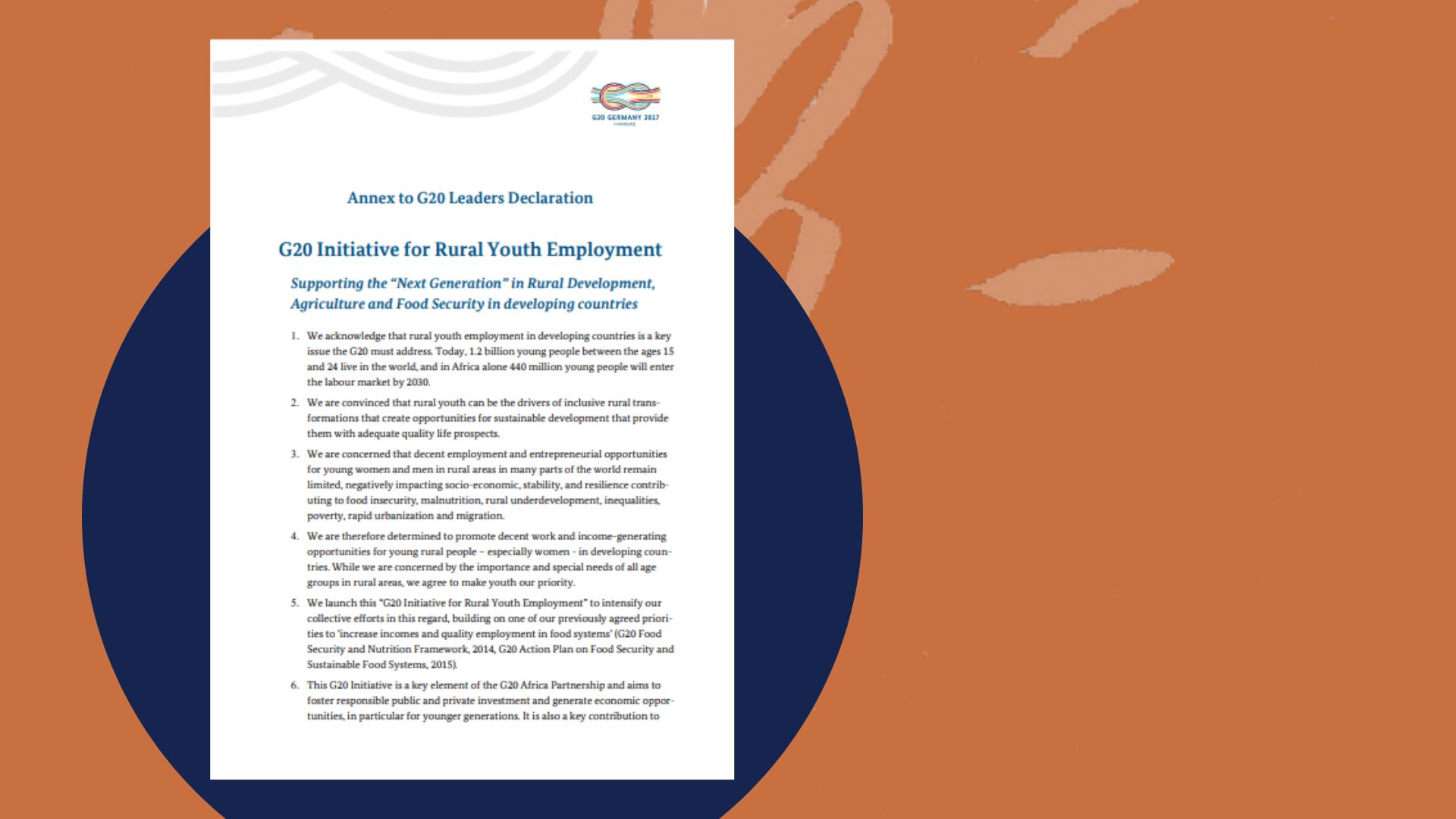Young people have the potential to play an important role in achieving effective rural transformation, not only are their numbers increasing but young people are problem solvers and innovators who work to develop solutions to even the most complex challenges faced by humanity.

Youth networks are a manifestation of young people innovating their way out of challenges and trying to get their voices heard. These associations have been seen to create synergies and work together to push different agendas and achieve different goals including lobby and advocacy for youth inclusion, joint production and marketing to take advantage economies of scale, generation of academic research among others.
Last year, a mapping study was carried out by the Platform Secretariat to identify youth networks in Africa. The assessment aimed at obtaining a clearer picture of how rural youth in Africa interact and voice their interests. The study also feeds into the work of the Platform’s Thematic Working Group on Rural Youth, which provides a forum for donor members and youth representatives to exchange and discuss relevant development issues. The full report is out now and can be downloaded via the link provided below.
The report uses case studies to give insights into three categories of networks that were identified based on different characteristics such as their background, thematic areas, structures, and location governance. It also talks about the challenges faced by networks and concludes with recommendations on how development practitioners can continuously engage and facilitate youth networks and amplify their contribution to sustainable food systems development.
The convening power of youth networks has made them become entry points for different interventions from donors, governments and other development agencies. From the report, we see that youth networks have very similar characteristics but they are also diverse and operate under different settings that affect their operations and practitioners need to understand how these networks work to deliver interventions that best work to fit them.
More Publications




















































